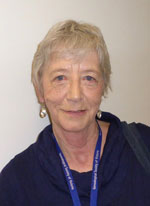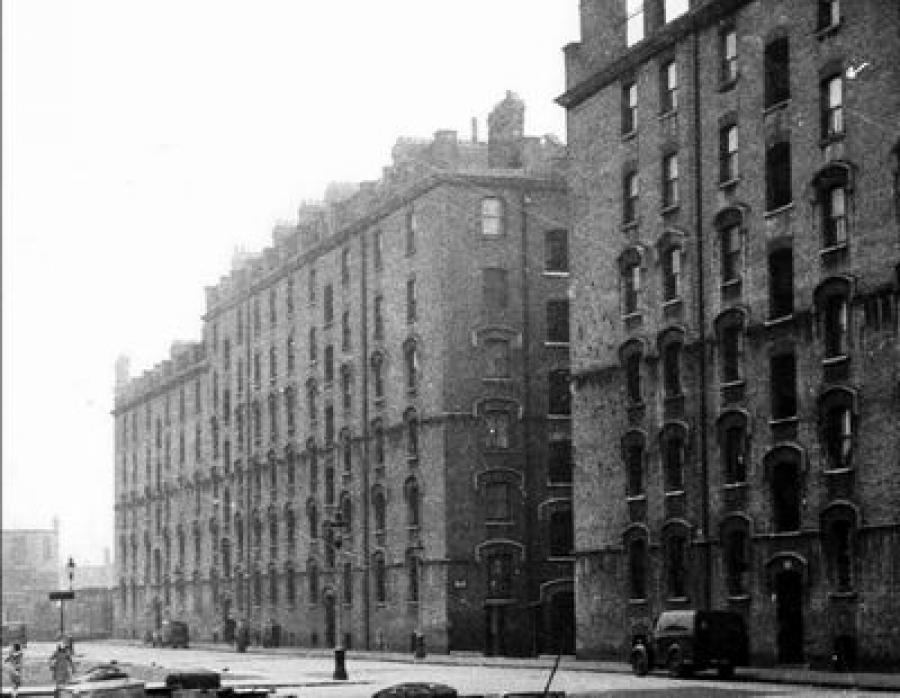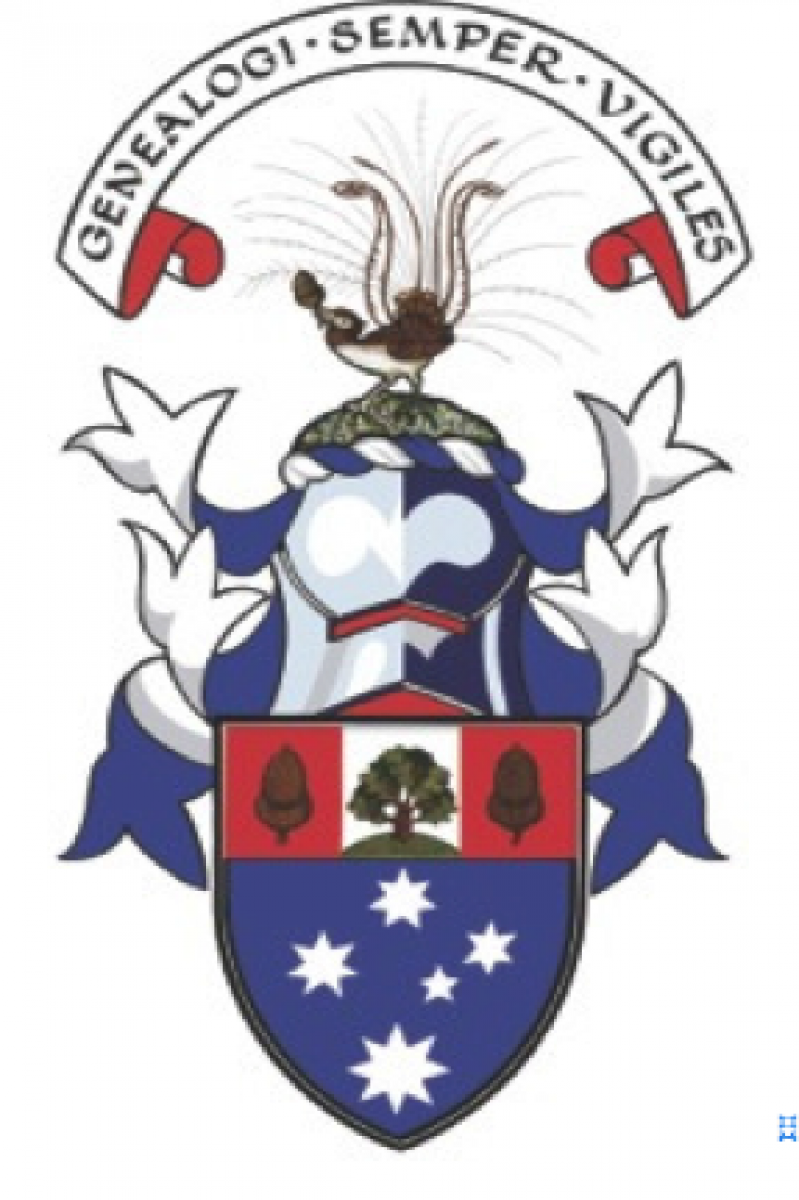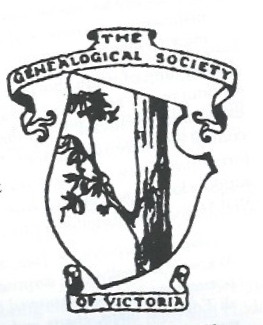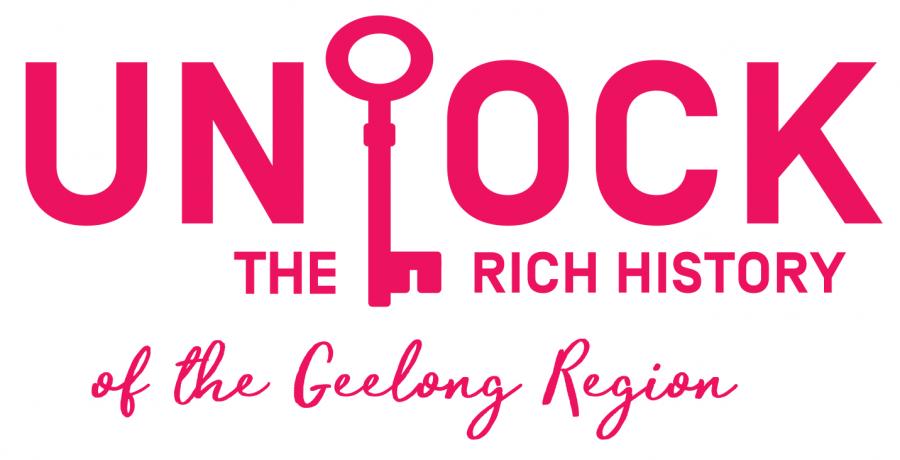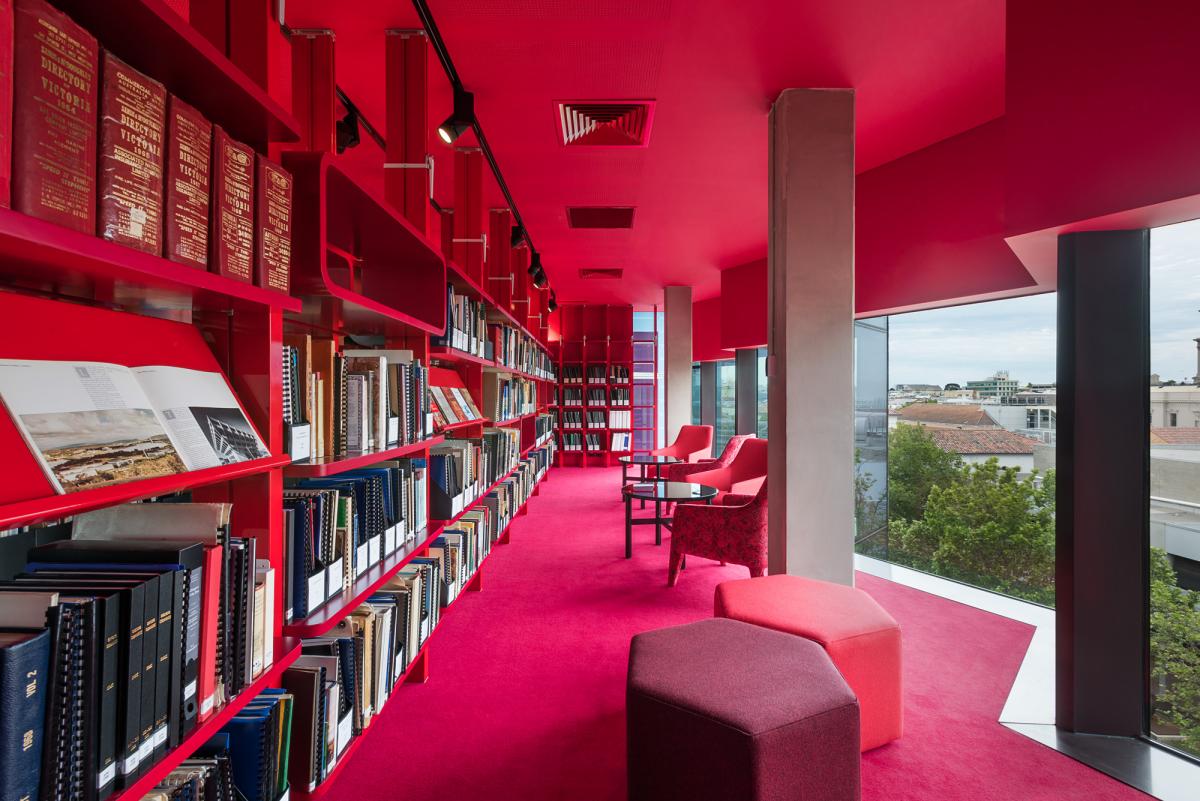180 years on descendants of immigrants on the ship 'David Clark' are gathering next Sunday
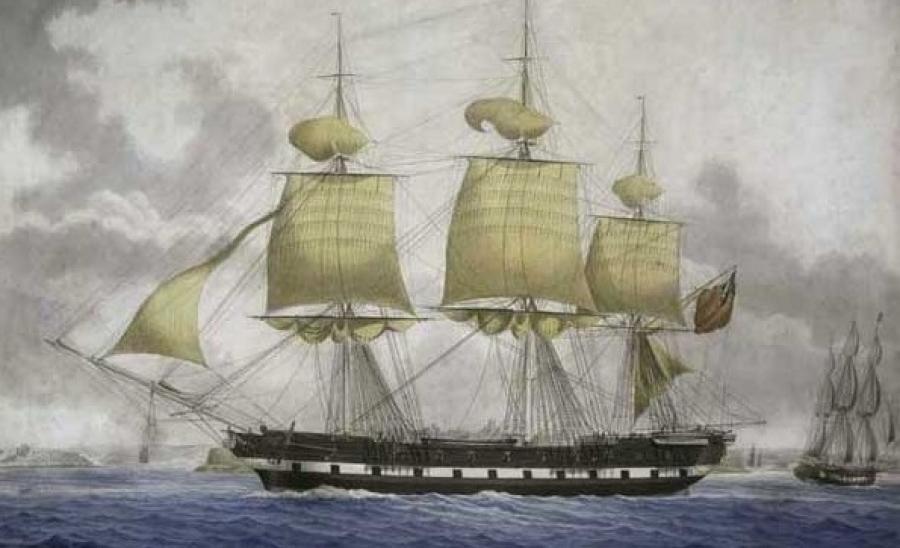
Many families arrange get-togethers of their descendants, but next Sunday there is a gathering with a difference.
180 years later descendants of immigrants from the ship David Clark are gathering next Sunday October 27 to celebrate this anniversary.
Descendants of those passengers are invited to attend a reunion on Sunday, 27 October 2019 at Gulf Station, Yarra Glen, Victoria.
The David Clark was the first ship to bring assisted immigrants direct to Port Phillip in October 1839. All were Scots and many settled in the Upper Yarra valley including William Bell, who once owned Gulf Station, an historic National Trust farm.
As part of the welcome, a poem will be read that was written by Christine Mawdesley (a McEwin descendant) for the 1939 celebrations of the 100th anniversary, and a bagpiper will play “Lochaber No More” the lament that was played by John Arthur as the ship sailed from Greenock 13 June 1839, then a tree will be planted.
You can book by email now to davidclark1839@gmail.com or HERE https://www.trybooking.com/book/event?eid=542336
We wish all descendants a great day.
***
Want to know more about the history?
This article was prepared from information provided by Irene Kearsey. Irene is a GSV Member, and a volunteer at PROV and Gulf Station. For more information you can read her article:
'La Trobe's first Immigrants: Passengers from the David Clark 1839' by Irene Kearsey in Journal of the C J La Trobe Society. vol 17 no. 2 July 2018, pp 16-21 (accessed 20/10/2019 at https://www.latrobesociety.org.au/LaTrobeana/LaTrobeanaV17n2Kearsey.pdf
Were your ancestors aboard the David Clark?
You can search the list of passengers on the Public Record Office Victoria(PROV) VPRS 14 Assisted Passenger Lists 1839-1871 at website https://prov.vic.gov.au/explore-collection/explore-topic/passenger-records-and-immigration/assisted-passenger-lists. You may need to do more research to establish your descendancy, and the GSV can help you with that, but maybe not before next Sunday.
***
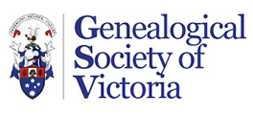

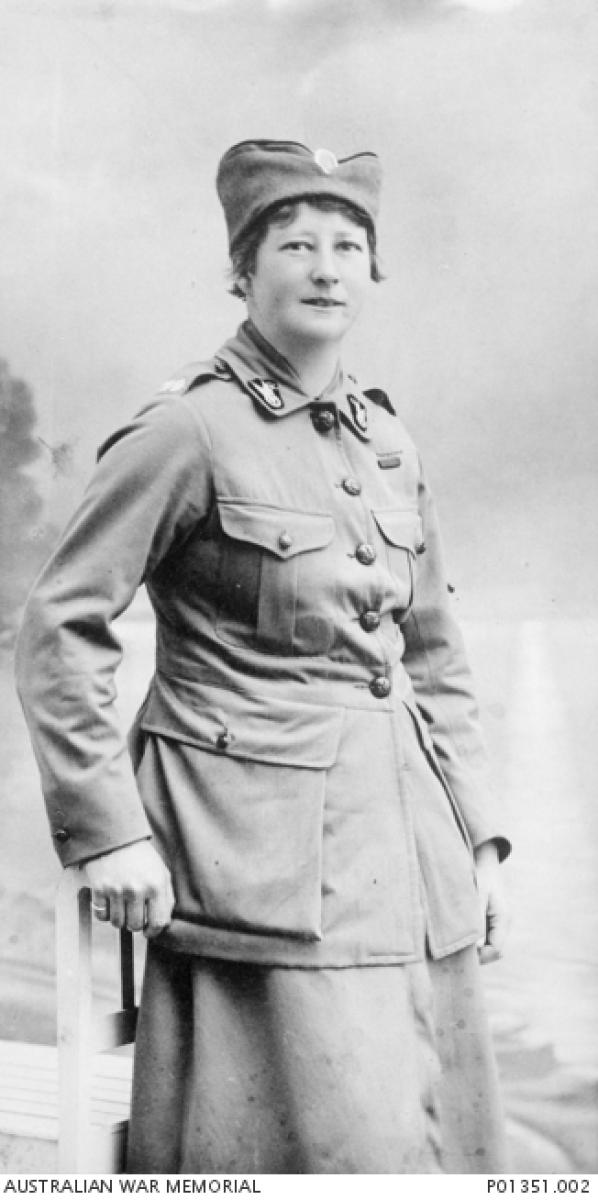

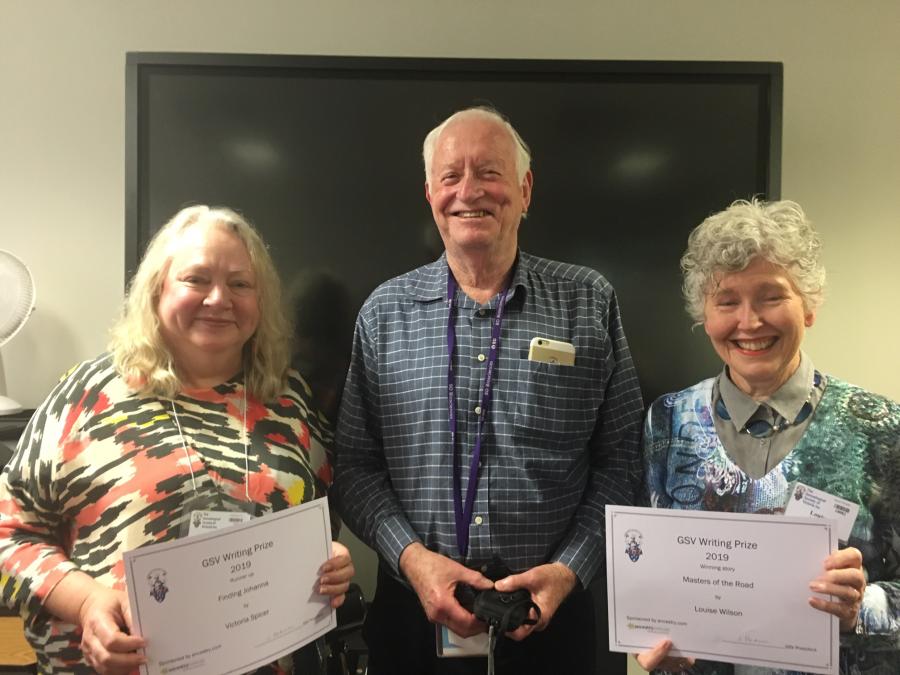


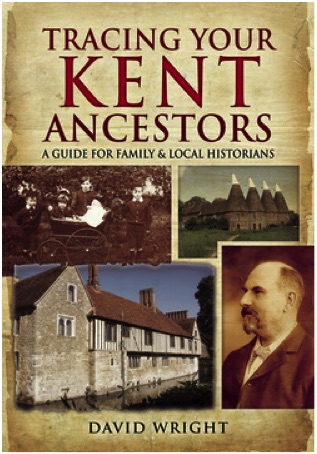
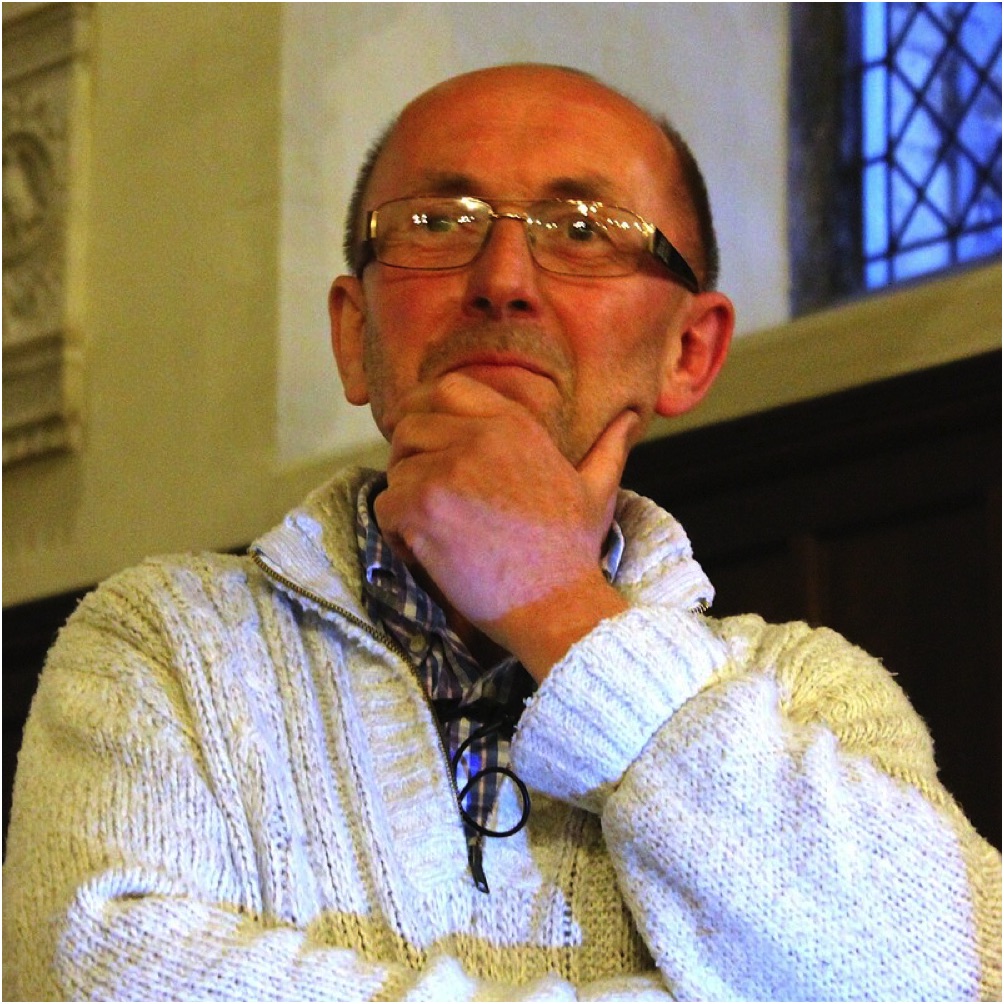 David's career has covered over three decades of genealogical and historical research, by way of the study of classics and University lecturing, and he has written three books on Kentish records and the guide 'Tracing your Kent Ancestors'. He lectures widely on genealogy and allied subjects and has taught classical and mediaeval Latin and palaeography at the City Literary Instituteand, at both University College, Londonand the School of History at the University of Kent at Canterbury. He has been a member of the Kent Family History Society almost from its inception in the 1970s. In 2009, after nearly forty years’ membership, he was awarded a prestigious fellowship of the Society of Genealogists, and in November 2017 was honoured by being invited to sign the Fellows' Register of the Society of Antiquaries, London.
David's career has covered over three decades of genealogical and historical research, by way of the study of classics and University lecturing, and he has written three books on Kentish records and the guide 'Tracing your Kent Ancestors'. He lectures widely on genealogy and allied subjects and has taught classical and mediaeval Latin and palaeography at the City Literary Instituteand, at both University College, Londonand the School of History at the University of Kent at Canterbury. He has been a member of the Kent Family History Society almost from its inception in the 1970s. In 2009, after nearly forty years’ membership, he was awarded a prestigious fellowship of the Society of Genealogists, and in November 2017 was honoured by being invited to sign the Fellows' Register of the Society of Antiquaries, London.
